Transporting precision instruments is always a challenge. Even minor shocks, vibrations, or improper handling can compromise their accuracy or functionality. Whether you’re shipping optical instruments, medical devices, electronic testing tools, or delicate measurement equipment, damage during transit can lead to costly repairs and operational delays. Fortunately, a well-designed aluminum case with custom foam inserts provides a reliable solution for protecting sensitive instruments.
The Challenge of Transporting Precision Instruments
Precision instruments are inherently fragile. Their components are often finely tuned and sensitive to mechanical stress. During transit, instruments face multiple risks: drops, collisions, vibrations from long-distance travel, and environmental factors such as moisture, dust, or temperature fluctuations. Standard packaging solutions like cardboard boxes or generic tool cases often fail to provide adequate protection, leaving instruments vulnerable.
Investing in proper protective solutions is essential. The cost of a well-engineered aluminum case is far outweighed by the potential expenses of replacing damaged instruments or repairing sensitive equipment.
Common Damage Scenarios
Understanding typical damage mechanisms helps in designing effective protection:
Impact from drops or collisions: Instruments can be dropped during loading or unloading, resulting in cracks, misalignments, or complete failure.
Continuous vibration during transit: Trucks, planes, or shipping containers produce constant vibrations that can loosen components and affect calibration.
Pressure from stacking or improper packing: Heavier items on top of fragile instruments can crush or deform sensitive equipment.
Environmental hazards: Moisture, dust, or extreme temperatures can damage internal components, especially electronics or optical lenses.
Without a proper protective solution, even minor impacts can result in serious damage.
Why Aluminum Cases Are the Ideal Choice
Aluminum cases have become the gold standard for transporting precision instruments because of their strength, durability, and lightweight properties. Key advantages include:
Structural integrity: Aluminum resists deformation, dents, and impact, keeping instruments safe under pressure.
Lightweight yet durable: Easy to carry without sacrificing protection.
Water and dust resistance: Proper sealing ensures environmental protection.
Professional and reusable: Aluminum cases provide a sleek, long-lasting solution for repeated use.
However, the outer shell alone isn’t enough. Internal cushioning is critical for absorbing shocks and preventing internal movement.
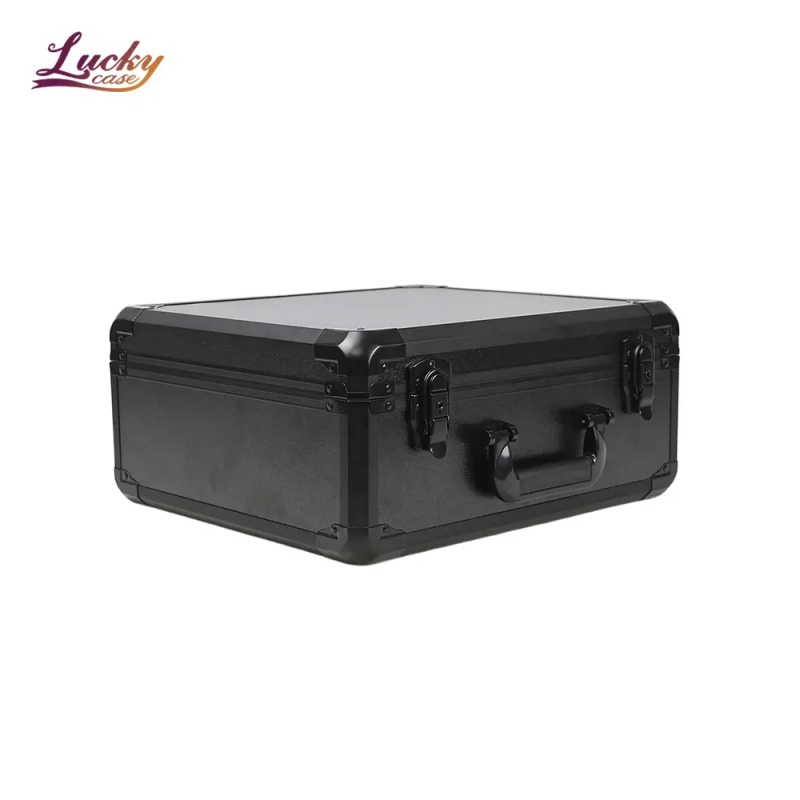
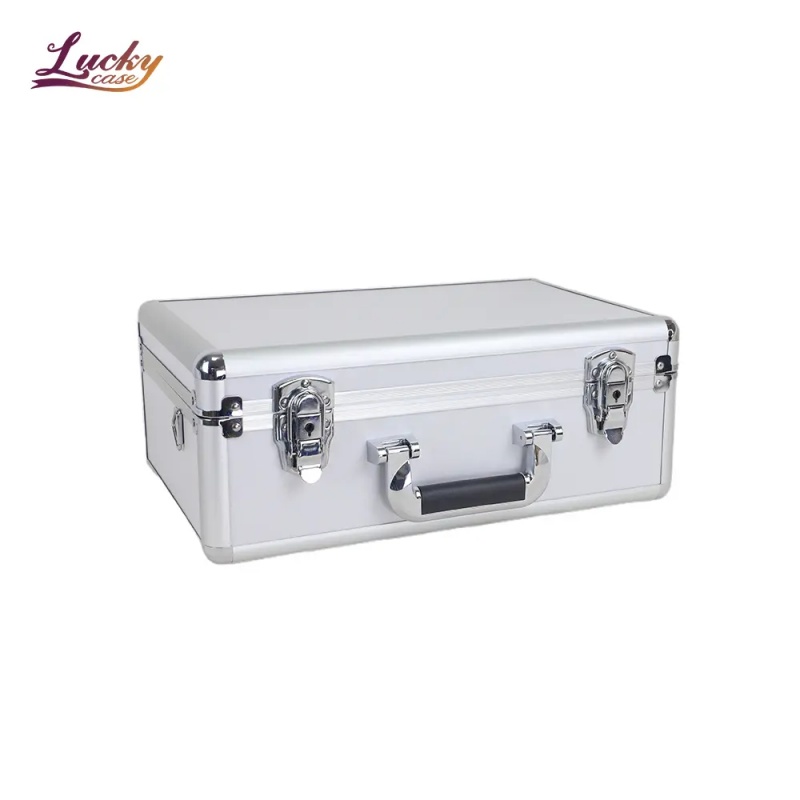
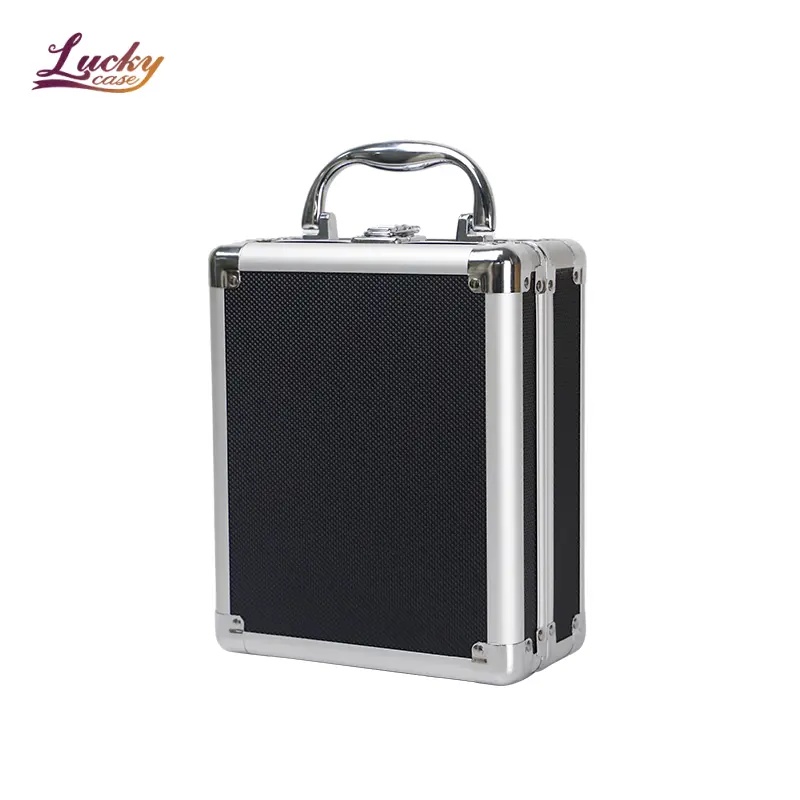
The Science of Cushioning Design
A custom foam insert inside the aluminum case transforms a strong shell into a complete protective system. Cushioning works by:
Absorbing impact: Foam layers dissipate force from drops or collisions, reducing the risk of cracks or component misalignment.
Reducing vibration: Elastic materials like EVA or PE foam prevent continuous shaking from loosening sensitive parts.
Customized fit: Foam can be cut precisely to the shape of each instrument, ensuring zero movement and preventing scratches.
Layered protection: Combining foams of different densities distributes force effectively, protecting delicate or multi-part instruments.
The ability to customize foam inserts to match complex instrument geometries is a key advantage. Each item fits snugly in its compartment, eliminating movement during transport. Multi-compartment designs can also secure accessories, cables, or smaller components.

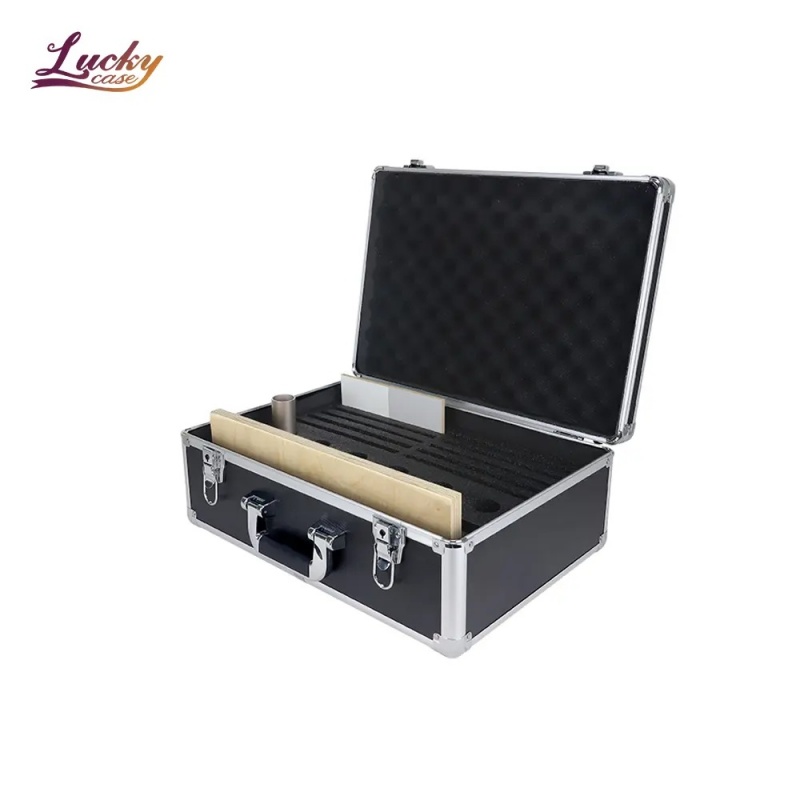
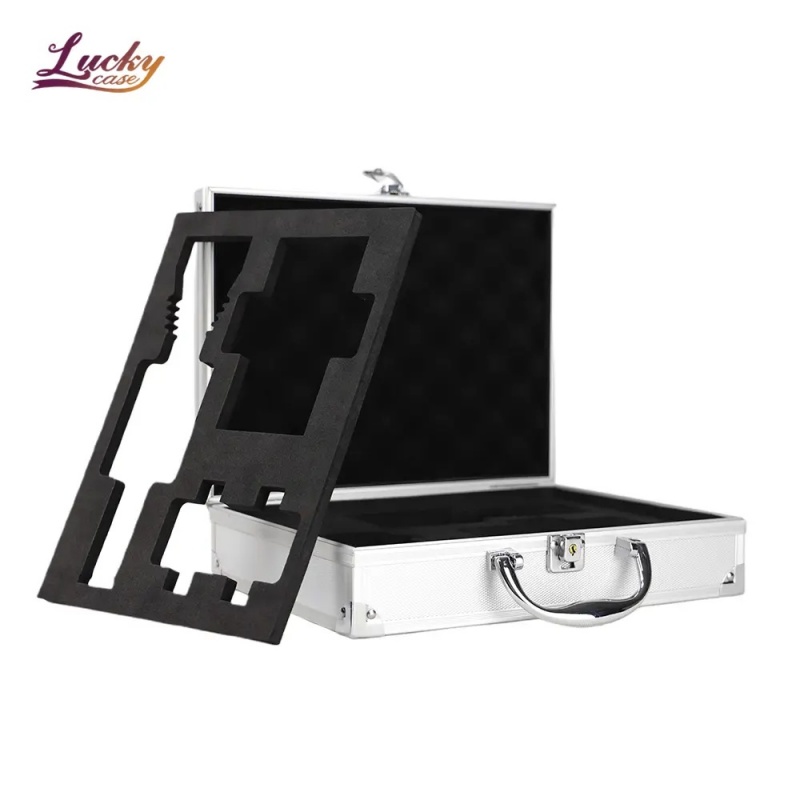
Practical Guidelines for Cushioning Design
To maximize protection, follow these design principles:
Choose the right foam material: EVA, PE, or other high-resilience foams are ideal for shock absorption. Density and hardness must match the weight and fragility of the instrument.
Cut foam inserts to precise shapes: Instruments should fit perfectly within each cutout to prevent movement.
Use multi-layer designs for heavier items: Layered foam absorbs impact at different levels, reducing stress on sensitive components.
Integrate with case hardware: Ensure the foam complements case features such as locks, handles, and seals without compromising protection.
Test under real-world conditions: Simulated drops, vibrations, and stacking tests ensure the cushioning performs as expected.
By combining aluminum cases with tailored foam inserts, you create a complete protective system that significantly reduces the risk of transport-related damage.
Conclusion
Transporting precision instruments no longer needs to be a high-risk operation. By investing in a custom aluminum case with scientifically designed cushioning, you can safeguard sensitive equipment against shock, vibration, and environmental hazards. At Lucky Case, we specialize in producing high-quality aluminum cases with custom foam inserts tailored to fit your instruments perfectly, ensuring stability, security, and maximum protection. Protect your valuable instruments with Lucky Case and enjoy peace of mind during every shipment.
Post time: Aug-22-2025






